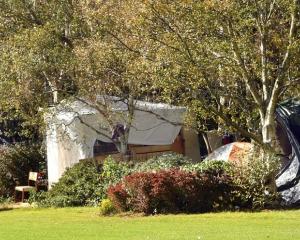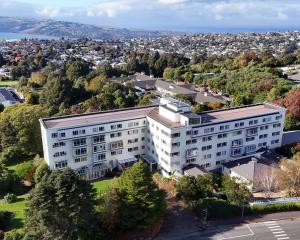
Supposedly, the Covid lull could give space for a tourism reset. Rather than being swamped with numbers, the premier attractions could become more manageable.
Milford, without a doubt, is a prime jewel in the tourism crown.
The drive from Te Anau Downs down the Eglinton River, past the precipitous faces and peaks of the Darran Mountains, through the Homer Tunnel and to the sea at Milford is heavenly. Nothing in New Zealand compares.
Mitre Peak soars above Milford Sound, a fiord that entices visitors to its flotilla of cruise boats.
Some might make it by helicopter or by small plane to a tiny airstrip by the sea. One or two could come by boat. Basically, however, there is only one way in, the long and windy 118km road from Te Anau.
Other routes have been promoted over the years — the Routeburn Tunnel, the Caples Gondola and train ideas. The hurdles financially, logistically and environmentally are huge.
Tourists are awed by the scenery, and between 2012 and 2018 visitor numbers doubled to 883,000. Indications for this season are reported at 80% of that level already. Before Covid, visitor numbers were predicted to reach 2 million by 2035, mostly in the summer.
Most will be day trippers, congregating traffic and people towards the middle of the day, although camping along the Eglinton is becoming more popular. Visitors also come to tramp the Routeburn and the Hollyford. Anglers, other trampers and climbers add to the mix.

Not surprisingly, dangerous driving, including hazardous overtaking, speeding and using a camera phone while driving, was witnessed.
The 2021 master plan proposed by the Milford Opportunities Project, a Southland regional development initiative, with representatives from government agencies, the tourism sector and Ngāi Tahu came up with radical options.
These included restricting self-drive vehicles, particularly for foreign tourists who would use environmentally friendly buses instead. Various developments were also proposed. The area would have to be exempt from the usual National Park rules and management.
The Project is consulting with tourist operators and is due to submit options to the government by the end of June.
One operator of small coaches, citing the dangers, has called for action ahead of government decisions on the use of the highway.
The tourist businesses, naturally, have their various vested interests. Ngāi Tahu itself is heavily into tourism ventures.
It will be challenging to secure solutions which preserve the rights of New Zealanders in their own Fiordland National Park, and which are acceptable to various parties.
Expect a lot of debate and difference, even among tourist operators, as the issues re-emerge. Part of the plan, for example, was to do away with the problematic airport. There would only be scope for helipads.
Self-driving and self-discovery are a core of the overseas tourist market. Eliminating that for Milford would be bold.
It would be hard, too, to somehow establish Te Anau as the staging point for the many time-short tourists. They fly into Queenstown and travel the long haul of 300km to Milford, and then back again on the same day.
The status quo tends to rule when the challenges become too complex and difficult. That propensity, though, should not preclude continuing with the Milford Opportunities consultation and then decision-making.
In the meantime, the dangers of the road will require strong messaging and enforcement. Police will have to do their part as will the public in reporting incidents, especially unsafe overtaking.
Mobile phone coverage in the area, however, while it has improved, is patchy.
Responsible rental vehicle companies are educating drivers about safety, and the increasing use of in-vehicle electronics to monitor behaviour is encouraging.
There are, though, no straightforward fixes. What to do about the dangerous road and the congestion at Milford will remain a conundrum for authorities and the public.












